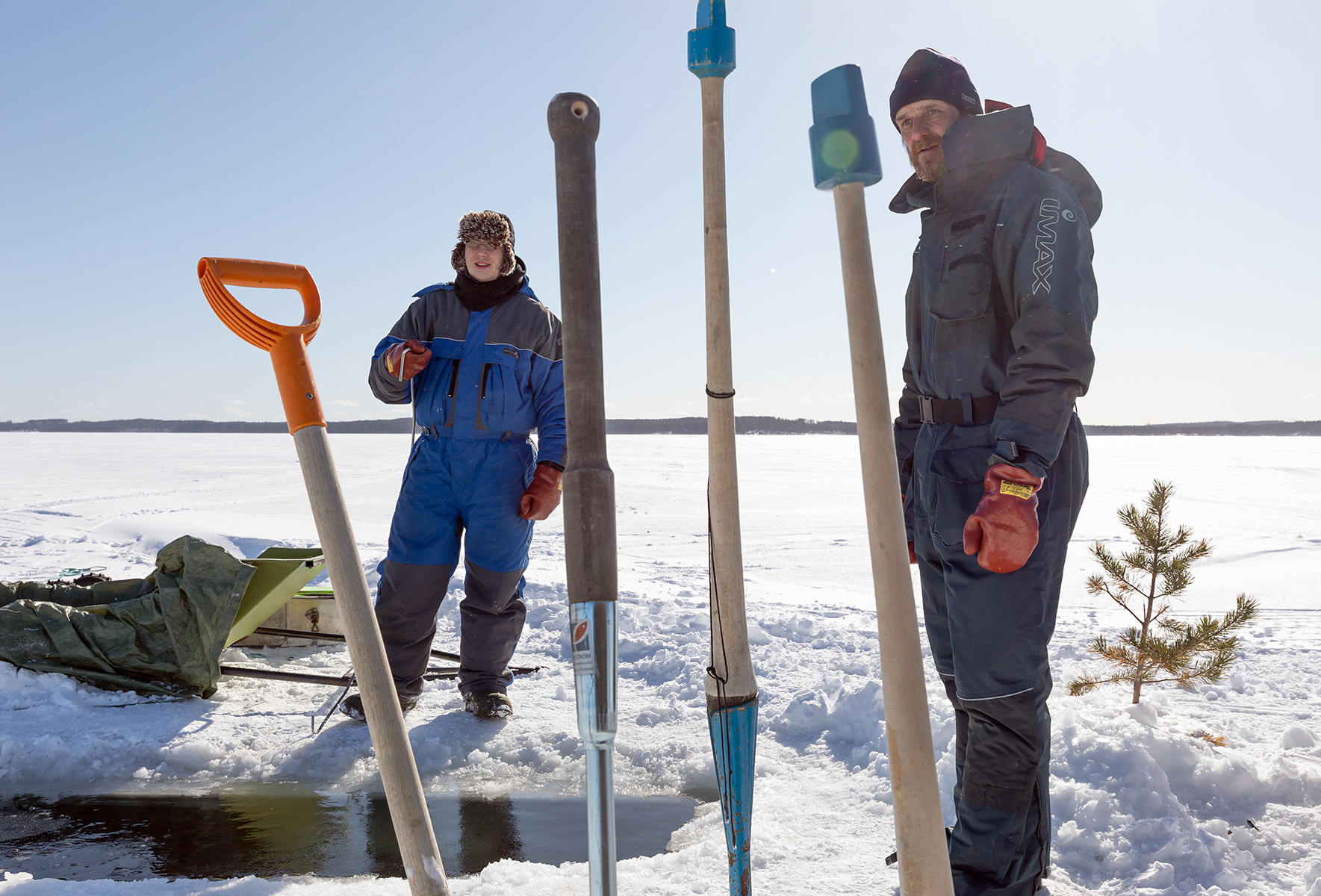Snowchange Cooperative leads by example when it comes to reviving nature. The Landscape Rewilding Programme extends across thousands of hectares of forests, peatlands and water systems that have lost their natural value. By restoring natural habitats, new carbon sinks form, species are able to return, and water quality improves. Restoration practices also cherish the cultural heritage of village communities.
“When others debate, we act”, Chairperson Tero Mustonen sums up the concise operating model of the organisation. Established in 2000, the non-profit cooperative restores natural habitats, supports natural economies as well as studies climate change and nature’s biodiversity.
The Nessling Foundation finances the cooperative’s Landscape Rewilding Programme, which revives forests, peatlands and water systems that have lost their natural value. The programme was recently awarded the distinguished St Andrews Prize for the Environment worth 100 000 dollars.
“The evaluation committee emphasised both peer-reviewed research findings and the kind of socio-ecological thinking that values cultural heritage. The reasoning highlighted, how this type of systemic change is often discussed, but we have put it into action. We have restored entire lakes, rivers and their associated drainage basins from eutrophied to recovering”, comments Mustonen.
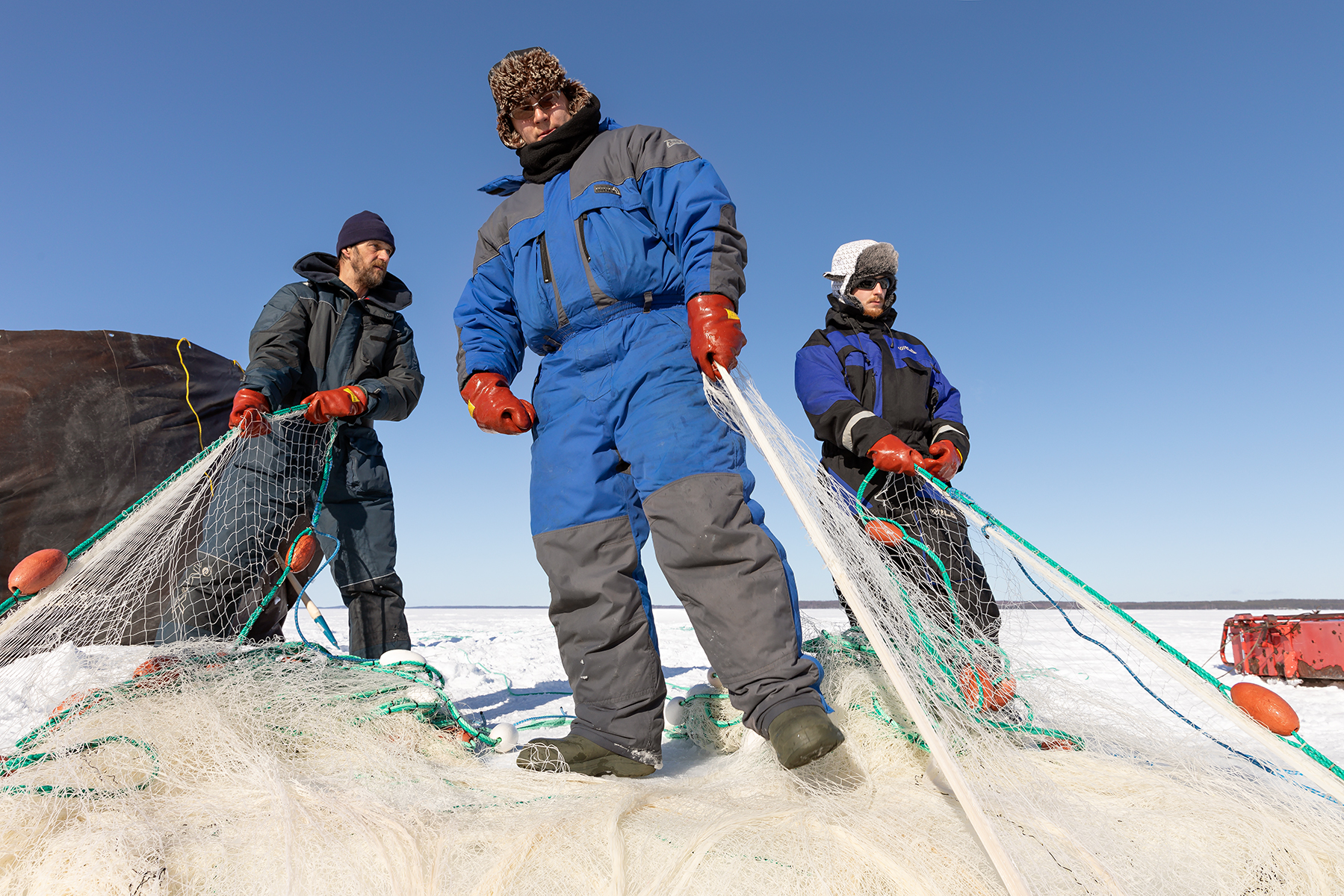
Snowchange’s multidisciplinary team works at 51 sites across the country in close cooperation with the locals and indigenous communities. The cooperative conducts ecological, biological, geographical, and ornithological research as well as limnological measurements.
The cooperative owns 2600 hectares of land, and through landowner agreements, the area of impact reaches 31 000 hectares. New sites are also being considered.
“You have to make difficult decisions within a limited budget when acquiring sites. Should one buy a site that could form a new centre, or expand an already conserved area? You also have to pause and look back on what has been accomplished in five years: we are one of the largest forest owners in Finland after forest companies and the government”, Mustonen remarks.
Damaged state of nature needs to be acknowledged
The Finnish nature has often been regarded as particularly pristine, but Mustonen states otherwise: most peatlands have been drained, forests are highly managed, and regional extinctions occur constantly.
“The damaged state of nature has to be acknowledged. Instead of clean waters and primaeval forests, we have man-made landscapes and weakened water bodies due to the problems of land use. When the turmoil of industrial forest economy and other land uses has been admitted, we can take action and move towards corrective measures.”
In a vital position is water protection that takes into account the entire drainage basin.
“A river or lake is rarely at fault when it comes to the degradation of water quality, as it happens in the drainage area”, Mustonen says.
A solution-based approach is at the heart of Snowchange’s operation. Restoration enables nature to return to damaged areas when given time and space to do so.
“Our flagship site Linnunsuo is a 200-hectare restored wetland and peatland area that was formerly a peat production location. There were essentially two bird species left prior to restoration, the black grouse and the common raven. Thanks to restoration, the site is now home to 196 species of birds, including rare species, such as the Terek sandpiper and the grey plover.”
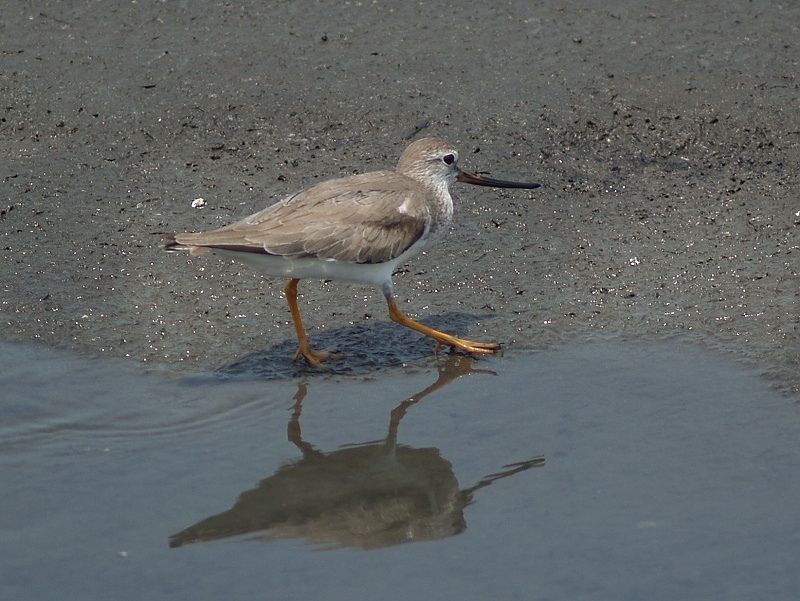
Terek sandpiper
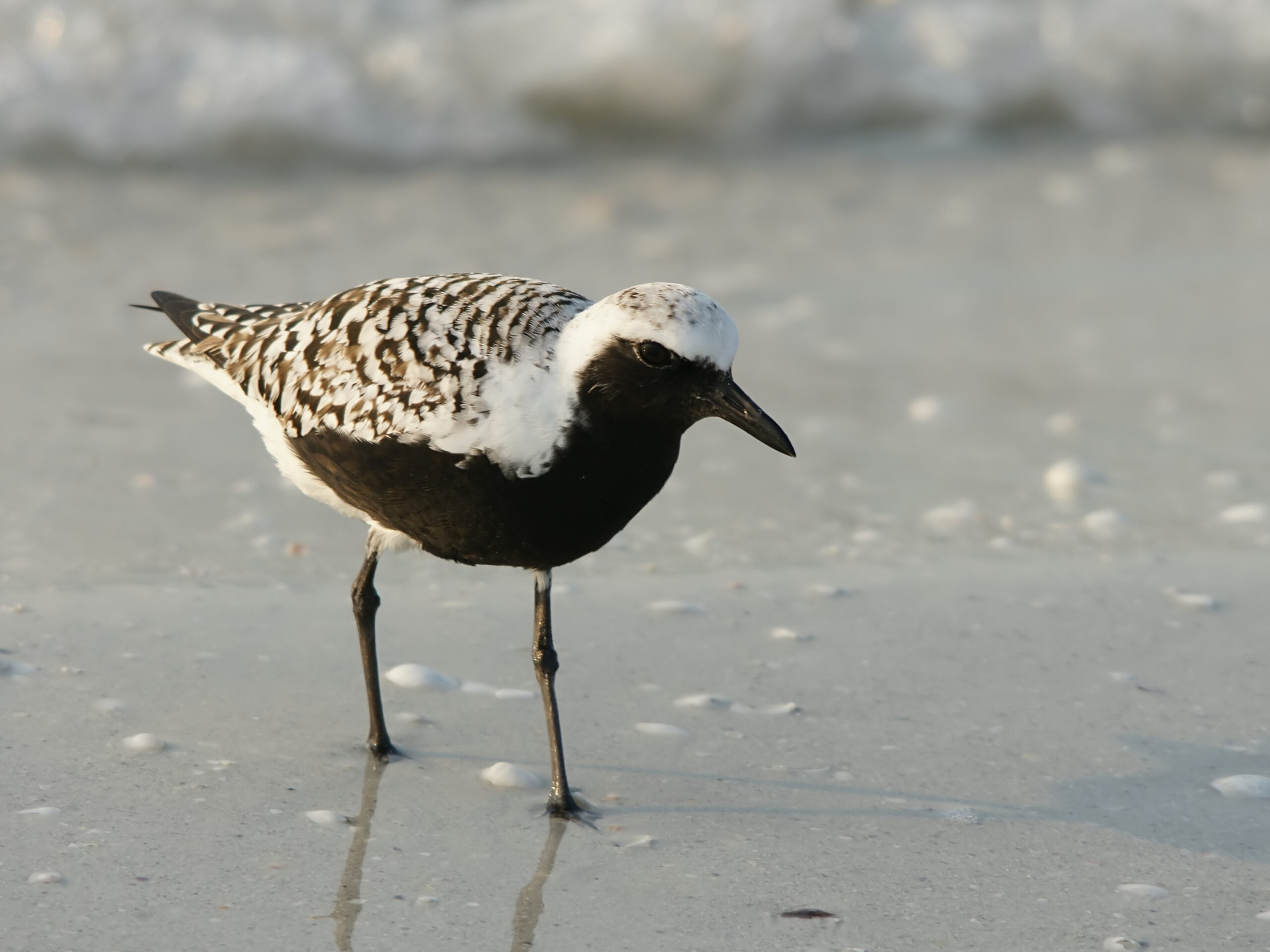
The grey plover
Combining science with traditional knowledge
Snowchange’s area of impact spans from Inari to Pirkanmaa. It is essential that the locals are included in the restoration work on each site. Traditional knowledge is utilised in a multifaceted way with the needs of local communities at the centre.
“In Finland, environmental protection and natural resource policy have long been processes determined from the top down. Now locals and indigenous people have a say in what happens to their recovering surroundings, while others have to slow down and listen”, Mustonen says.
In the Landscape Rewilding Programme, science and traditional knowledge complement each other. Observations of reindeer herders and fishers help to assess regional needs. Thus, the scientific narrative is accompanied by decades of experience in cultural customs relating to nature.
Ecologist Antoine Scherer, who works with Snowchange, highlights the importance of collaboration. The Nessling Foundation awarded Scherer a grant in 2021 for doctoral research concerning the efficiency of rewilding actions.
Within the programme, Scherer has conducted wildlife monitorings, using birds and fish diversity as indicators of the ecological health of the wetland and its surroundings, amongst other tasks.
“As a scientist, I bring my own set of skills into the equation. But my opinions should not supersede those of people who experience the landscapes on a daily basis, and sometimes depend on them”, Scherer says.
Restoration has positive impacts on the economic and social sustainability of villages and municipalities in addition to ecological sustainability. Clear waters and impressive cultural heritage sites, such as Puruvesi Lake, attract summer cottagers and other tourists. Whenever possible, local labour is employed from construction workers to specialists.
An effort to return towards earlier ecosystems
Restoration is vital for nature but equally important is to have a systemic plan on how natural habitats are revived. In the Landscape Rewilding Programme, the focus is on creating wildlife corridors, such as the ten-hectare Lietoja Ecological Corridor in the Koitajoki catchment.
“It is not very helpful if we have, for instance, four hectares of old-growth forest protected, but kilometres of clear-felled forests surround. It is then only a monument to nature and not able to sustain primaeval forest species that still have a future”, Tero Mustonen states.
In the discussion surrounding climate change, the role of humans is occasionally seen only as a source of damage to nature. With restoration, human intervention can have a positive impact.
“Restoration is always biomanipulation. We cannot turn back time and return to a pristine state of nature, as this is yet another act of human interference. However, we make an effort to return towards earlier ecosystems by repairing the most acute problems of damaged nature. Revival means that the game is not over yet”, Mustonen concludes.
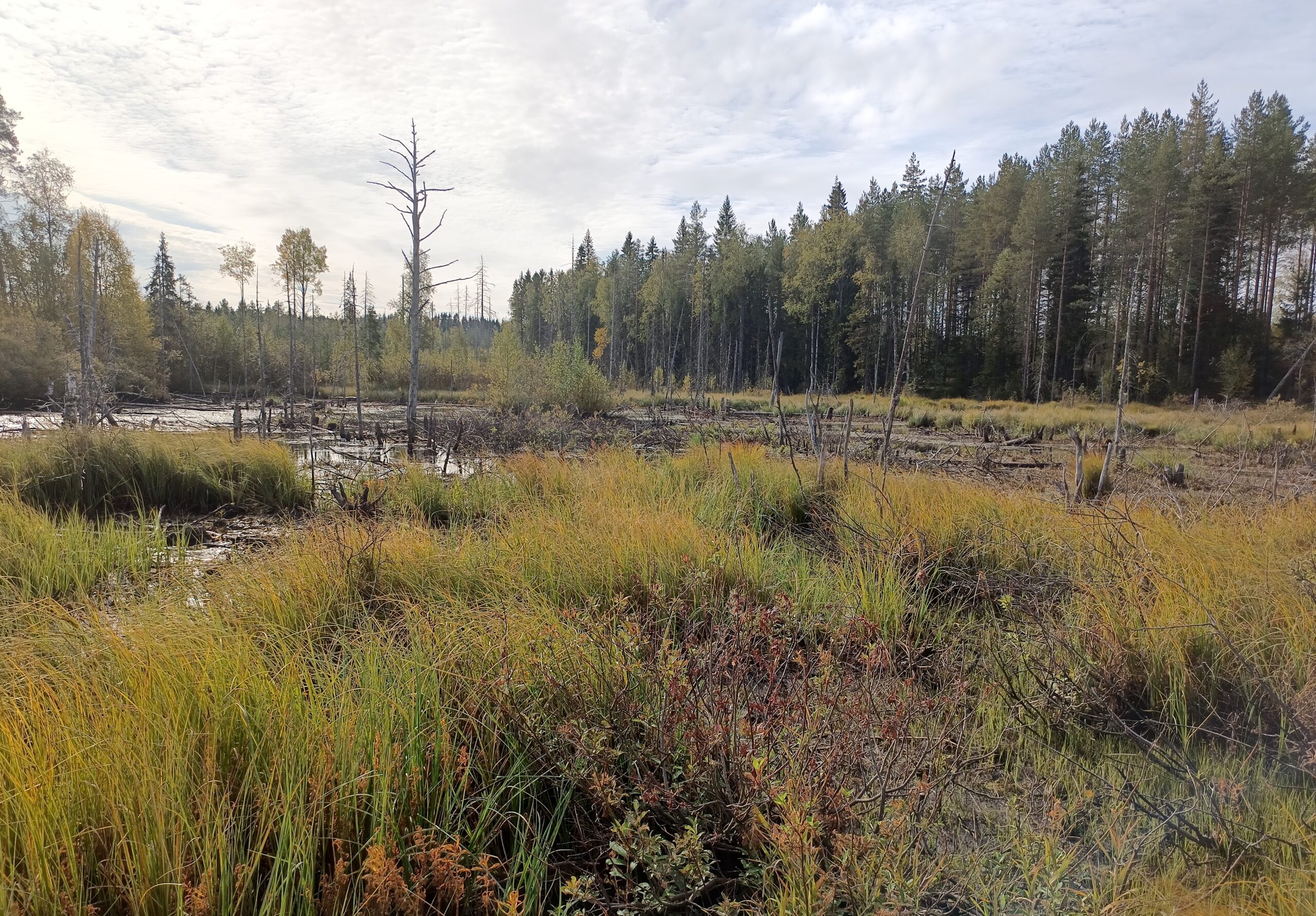
Writer: Titta Kaltola
Pictures: Mika Honkalinna (Puruvesi), Tero Mustonen (Lietoja), Wiki Commons (the birds)
The Nessling Foundation has funded the Landscape Rewilding programme since 2018. “We want to support the restoration of natural habitats since it’s a rapid solution to acute climate crisis and biodiversity decline. We need carbon sinks and areas in which biodiversity can flourish”, says Research Director Minttu Jaakkola from the Nessling Foundation.

